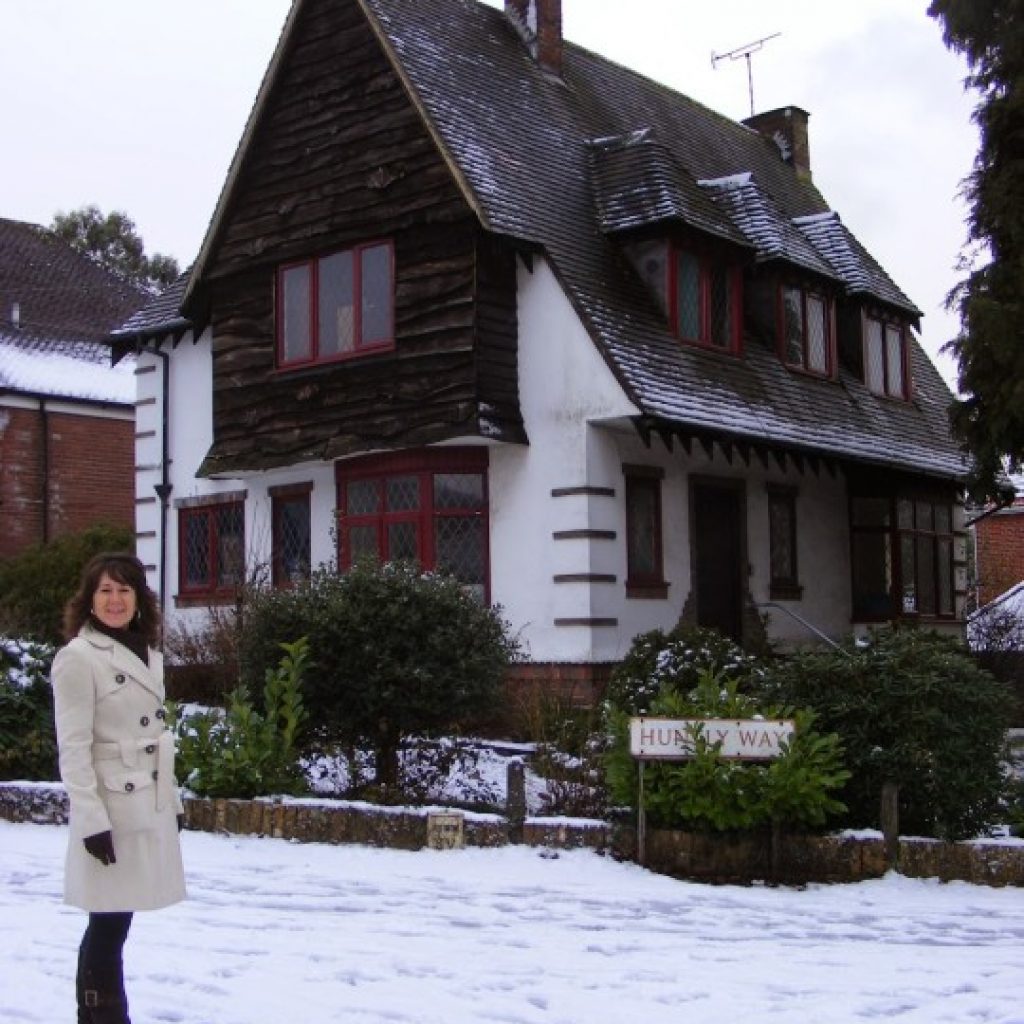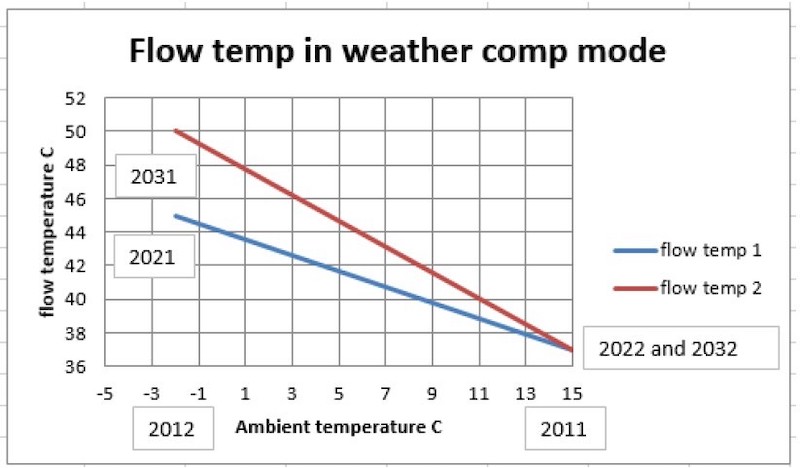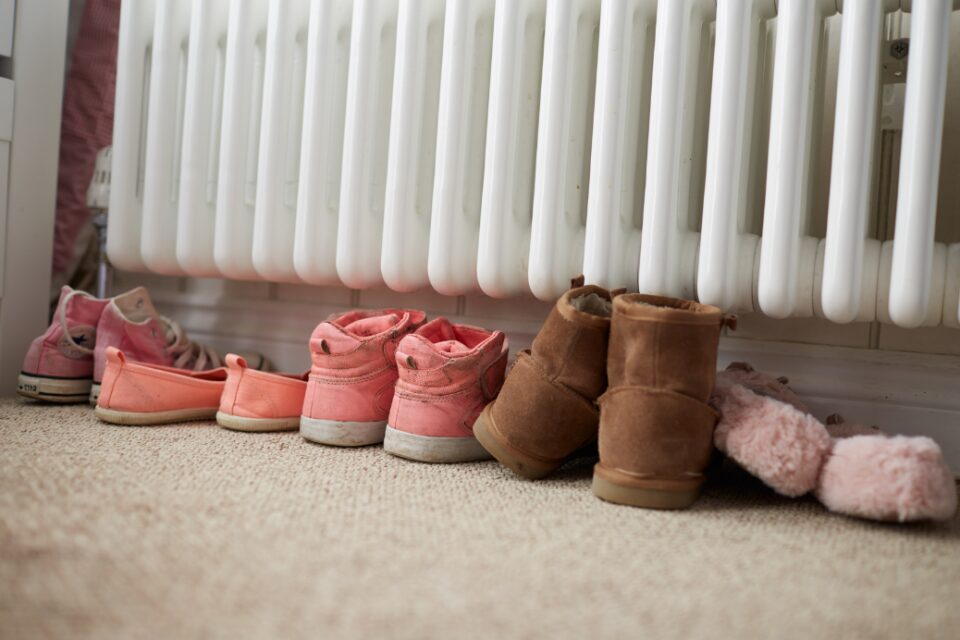If you’ve ever installed a Samsung heat pump, or come to think of it a Midea or a Hitachi, you will note one similarity. When you set up your weather compensation the advised settings in the manuals are all the same. There are good reasons for this, which I’m about to explain.
I put my first heat pump in at home in 2009. It was a Daikin split Altherma that was very kindly donated to me by my then boss Neil Afram. There was no MCS and no guidance at all from any external sources. We did whatever we liked. The heat pump went in and even though we didn’t need to back then, we did a heat loss on every room and checked the radiator sizes. Most of the rads were resized as we refurbished the house and the heat pump was set to go.
If you are really intelligent and amazing at maths, or you know Karolis from Homely, you can work out exactly how to set the weather compensation curve for your house – if not, you follow the guidelines given in the manual. Because there were no guidelines back in 2009 and Karolis was not around I guessed the curve and set the unit up.
My house needs to be heated as soon as it gets to 15C outside in the garden – we call this the ambient temperature. So I set my radiators to be at 25C when it was 15C outside. I designed my system to be flat out when it was -2C or colder outside, so I set my radiators to run at 50C when it was that cold. This is called weather compensation. As the weather gets colder the radiators get warmer. We do it to save energy and to stop the heat pump cycling on and off.
The problem was although the curve made sense to mathematicians it didn’t make sense to my wife Lizzie. Imagine this poor women – firstly, she is married to me, not ideal; secondly, she moves into a drafty old house with a stupid new ‘boiler’ which runs the radiators stone cold. She hated it. I was asked again and again why (although the house was warm) were the radiators so cold?

I got so fed up with the questions that I altered the weather compensation so the radiators never ran less than 37C (or blood temperature). If you touch a radiator when it’s less than 37C it feels dead and cold. At 37C magic happens – it feels like the heating is on.

From that day on every manual I ever wrote told engineers to set the temperature to 37C when it was 15C outside and 50C when it was -2C outside. Not the perfect curve, not the cheapest curve, but the happiest, which is why I’ve named it the Lizzie curve. It seems to have caught on.
In 2022, I’m obsessed by run cost, so on my new heat pump I’m trying to see how hard it is to set the weather compensation up to be perfect for the house using nothing other than the weather compensation settings in my heat pump. The plan is to run the unit all the time (if it’s less than 15C outside) but run the radiators at exactly the right temperature to maintain the house at 21C all the time. It’s very hard to do.

Note how the unit is cycling a bit because I have set the radiators just a bit too warm – I will tweak it today. Also note that as the temperature falls outside, the radiators get warmer. This is weather compensation in action. If you look closely, you can also see that as the water temperature rises, the outside temperature falls a bit. See if you can work out why? 5 points for the right answer.
I’m slowly tweaking the weather compensation settings down to get it better. It’s taken weeks so far. This is not something anyone but a lunatic would try at home. Yes, it’s more perfect than the Lizzie curve, but it’s a lot of work. This is exactly what Homely and the other heat pump optimisers do for you. They try to get the best performance out of the heat pump.



I get how you mean by the lizzy curve, my installer left my system like that, 35 degrees flow at 15 degrees outside and 50 degrees flow at -3 giving maximum heating cop of 2.4 at 0 degrees outside.
Now with a lot of playing I’ve got 23 degrees flow at 18 outside and 46 degrees flow at -10.
Every room has its own TRV or thermostat and I now get 3.6 cop of heating at 4 degrees outside.
Unless you spend lots of time playing with the curve, it will cost a small fortune for most people to run.
Evaporation for 5 points Jim.